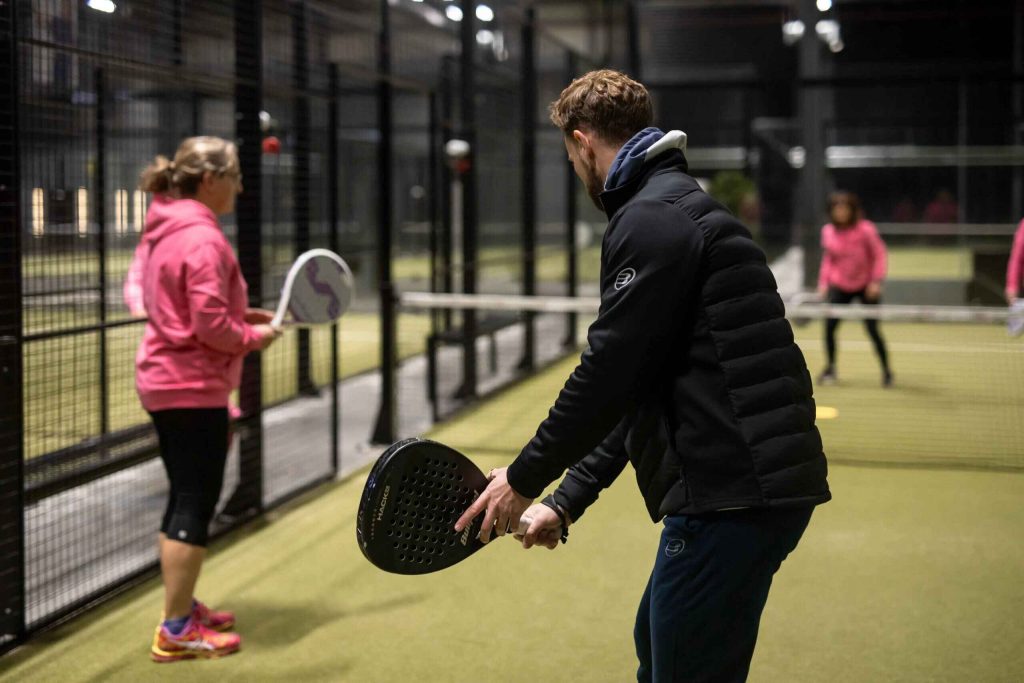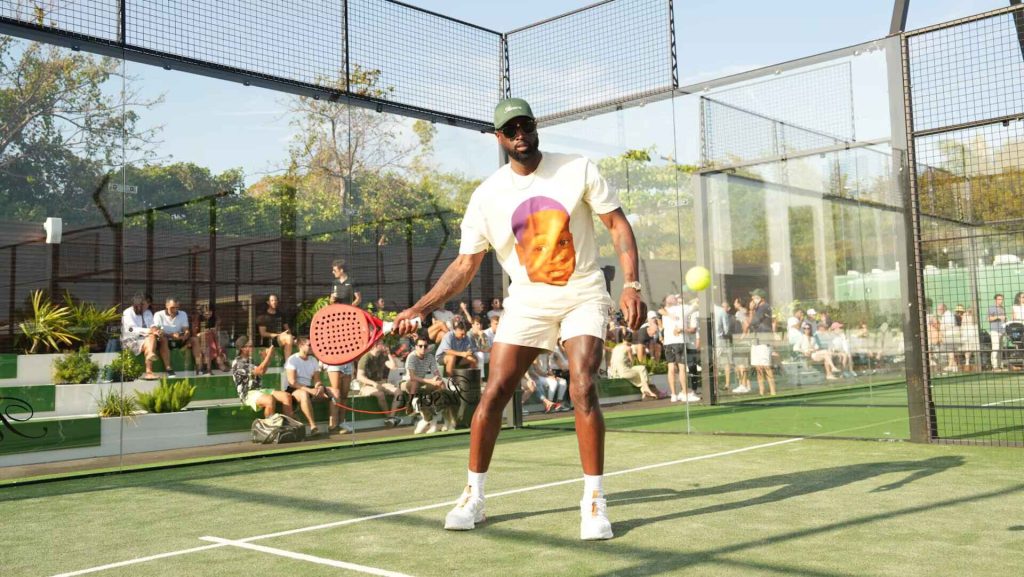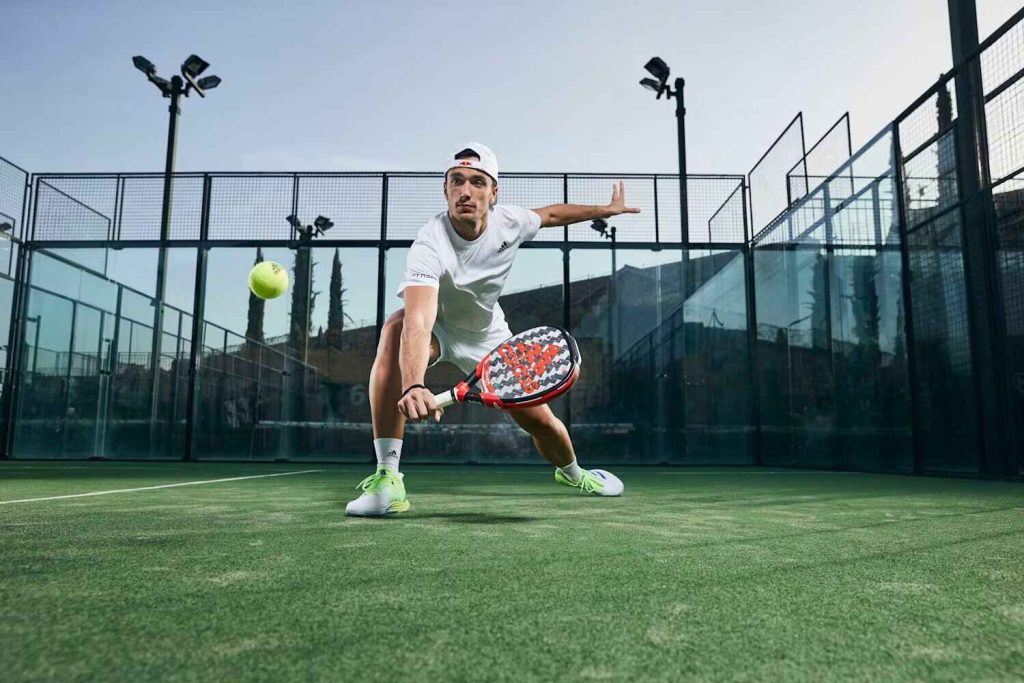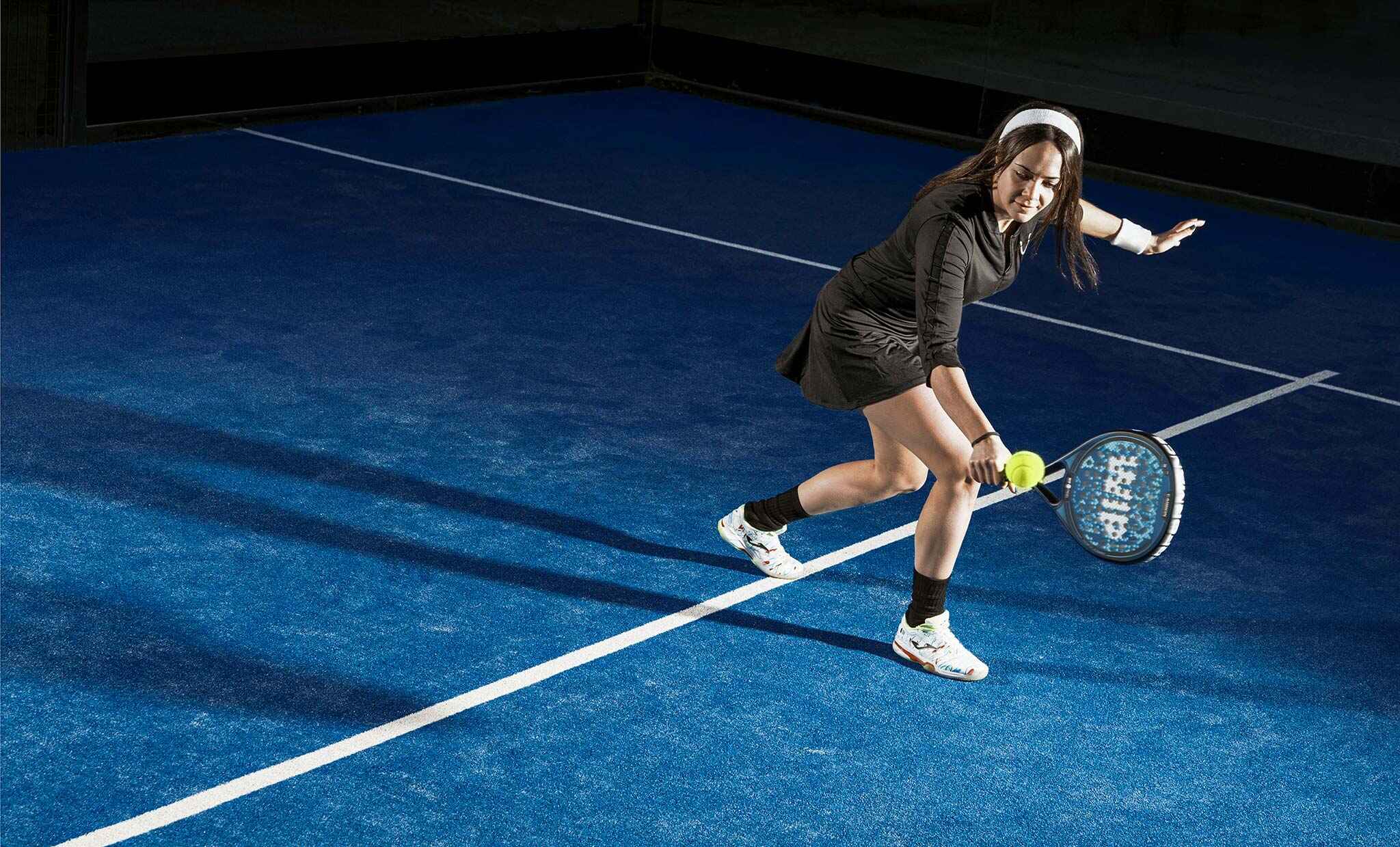Introduction
In the world of racket sports, tennis has long reigned supreme, captivating audiences with its fast-paced action and electrifying rallies. However, in recent years, there’s been a new contender on the scene—one that’s been gaining traction among tennis players seeking a fresh challenge and a different kind of court experience. Enter padel, a sport that combines elements of tennis, squash, and badminton, offering a unique blend of strategy, skill, and social interaction. In the world of tennis players playing padel, exploring why they’re making the switch, the skills that translate between the two sports, and the unique dynamics of padel that set it apart.
The Rise of Padel
Padel, often described as tennis’s cousin, originated in Mexico in the late 1960s before spreading to Spain, where it gained widespread popularity. Since then, padel has become a global phenomenon, with courts popping up in countries around the world and professional tours attracting top athletes. What sets padel apart is its accessibility; the smaller court size and simplified rules make it easy for beginners to pick up, while the strategic depth and physical demands appeal to seasoned athletes looking for a new challenge.
Why Tennis Players Are Embracing Padel

For tennis players looking to expand their horizons, padel offers a refreshing change of pace. Here are some reasons why tennis players are increasingly gravitating towards padel:
Similar Skill Set: Many of the skills that tennis players possess, such as hand-eye coordination, footwork, and racket control, translate seamlessly to padel. While there are differences in technique and strategy between the two sports, tennis players often find that they can adapt quickly to the nuances of padel.
Social Aspect: Padel is known for its social atmosphere, with matches typically played in doubles format and ample opportunities for interaction between points. For tennis players accustomed to the solitary nature of the sport, padel offers a chance to connect with others in a more collaborative setting.
Physical Fitness: Padel is a physically demanding sport that requires agility, speed, and endurance—all qualities that tennis players develop through their training and competition. Transitioning to padel allows tennis players to maintain their fitness levels while enjoying a new and exciting sport.
Variety and Challenge: While tennis will always hold a special place in the hearts of players, padel offers a different set of challenges and strategic considerations. The smaller court size and unique scoring system require players to adapt their tactics and think creatively, keeping the game fresh and engaging.
Opportunities for Growth: As padel continues to gain popularity worldwide, there are increasing opportunities for tennis players to compete at both the amateur and professional levels. Many tennis clubs now offer padel facilities, providing players with the chance to expand their skill set and test themselves against new opponents.
Skills That Translate Between Tennis and Padel:
While padel has its own distinct characteristics, there are several skills that tennis players can leverage to excel in the sport:
Serve and Return: The serve and return play a crucial role in both tennis and padel, setting the tone for each point and putting pressure on the opposing team. Tennis players with a strong serve and precise return can leverage these skills to gain an advantage in padel.
Volleys and Smashes: Padel is a net-centric game, with players frequently using volleys and smashes to control the pace and direction of the ball. Tennis players with good net instincts and solid volleying technique will feel right at home on the padel court.
Footwork and Movement: Quick footwork and efficient movement are essential in both tennis and padel, allowing players to cover the court effectively and set up for shots. Tennis players can leverage their existing footwork skills to navigate the smaller padel court and anticipate their opponents’ moves.
Tactical Awareness: Both tennis and padel require players to think strategically, anticipate their opponents’ intentions, and adjust their tactics accordingly. Tennis players with a keen understanding of court positioning, shot selection, and game management will find these skills invaluable in padel.
Mental Toughness: Mental resilience is a hallmark of successful athletes in any sport, and tennis players are no exception. The ability to stay focused, stay positive, and bounce back from setbacks is just as important in padel as it is in tennis, ensuring that players can perform at their best under pressure.
The Unique Dynamics of Padel

While padel shares some similarities with tennis, it also has its own unique dynamics that set it apart:
Court Size and Layout: Padel courts are smaller than tennis courts, with dimensions of approximately 20 meters long by 10 meters wide. The court is enclosed by walls made of glass or wire mesh, allowing players to use the walls to their advantage by hitting angled shots and rebounds.
Scoring System: Padel uses a unique scoring system that differs from traditional tennis scoring. Matches are typically played as the best of three sets, with each set consisting of games played to four points. Points are scored in the same manner as tennis (15, 30, 40, game), but with a few key differences, such as the ability to score on a second serve and the use of no-ad scoring in some formats.
Racket and Ball: Padel rackets are similar in shape to tennis rackets but have a solid surface and no strings. The balls used in padel are also similar to tennis balls but are slightly smaller and have less pressure, resulting in a slower pace and shorter bounce.
Doubles Format: Padel is primarily played in doubles format, with teams of two players facing off against each other. This adds an element of teamwork and collaboration to the game, as players must communicate effectively and coordinate their movements to outmaneuver their opponents.
Wall Play: One of the most unique aspects of padel is the use of walls as an integral part of the game. Players can use the walls to hit shots that would be impossible in tennis, such as lobs that curve over the net and bounce off the back wall or smashes that rebound off the side walls at sharp angles.
Embracing Padel: A Personal Journey
Javier’s Story: Javier, a lifelong tennis player, was initially hesitant to give padel a try. However, after his friends convinced him to join them for a game, he quickly became hooked. “Padel offers a different kind of challenge compared to tennis,” Javier explains. “The smaller court size and wall play add a whole new dimension to the game. Plus, it’s a lot of fun playing with friends in doubles format.”
Maria’s Perspective: Maria, a competitive tennis player, was looking for a way to stay active during the off-season when she discovered padel. “I was drawn to the social aspect of padel,” Maria recalls. “It’s a great way to meet new people and make friends while staying fit and having fun. Plus, the strategic elements of the game keep me engaged and motivated to improve.”
Carlos’ Experience: Carlos, a former college tennis player, found himself missing the competitive edge of the sport after graduating. “Padel reignited my passion for racket sports,” Carlos says. “The fast-paced action and quick reflexes required in padel remind me of why I fell in love with tennis in the first place. It’s a sport that challenges me both physically and mentally, and I’m grateful for the opportunity to continue competing.”

Sofia’s Journey: Sofia, a tennis coach, was initially skeptical about padel’s appeal. However, after trying it out with her students, she was pleasantly surprised by the positive response. “Padel is a great way to introduce beginners to racket sports,” Sofia explains. “The simplified rules and smaller court size make it less intimidating for newcomers, while still offering plenty of opportunities for skill development and improvement.”
Diego’s Reflections: Diego, a professional tennis player, sees padel as a natural extension of his racket skills. “Padel requires many of the same fundamental skills as tennis, such as timing, coordination, and strategy,” Diego observes. “But it also challenges me to adapt to a different style of play and think outside the box. As a professional athlete, it’s important to stay open to new experiences and continue learning, and padel has been a valuable addition to my training regimen.”
Conclusion
Tennis players playing padel represents a convergence of two worlds, each bringing its own set of skills, strategies, and traditions to the court. As more tennis players embrace padel as a complementary sport or a new challenge, the boundaries between the two sports continue to blur, creating opportunities for growth, innovation, and camaraderie. Whether you’re a lifelong tennis enthusiast looking for a fresh perspective or a newcomer eager to explore the world of racket sports, padel offers a thrilling and rewarding experience that’s sure to leave a lasting impression.

